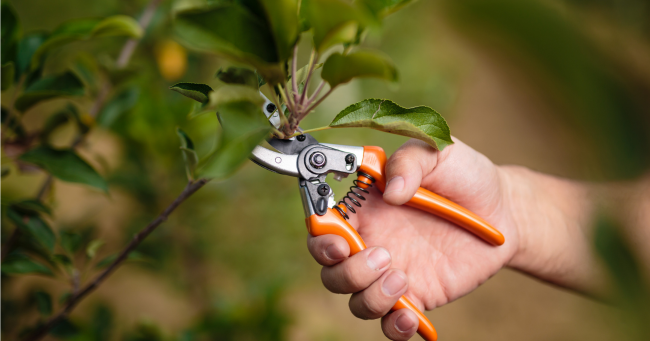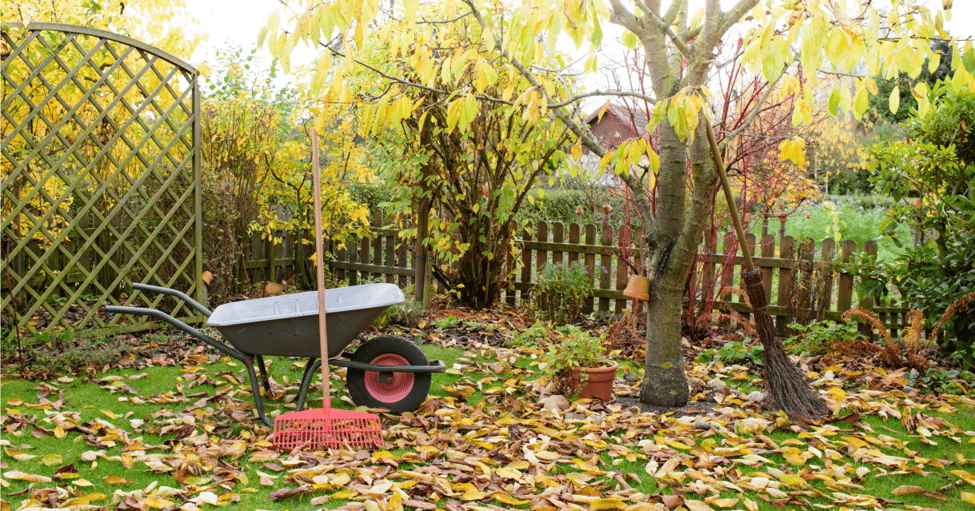As the crisp autumn air settles in and leaves begin to blanket the ground, it’s time to turn your attention to preparing your garden for the chilly months ahead. A well-prepped garden not only survives the winter but thrives come springtime.
In Ottawa, where winters can be particularly harsh, taking a few key steps now can make all the difference. Here are five essential tips to help you get your garden ready for winter while making the most of the fall season.
Drain and store water features: If you have any garden water features, such as fountains or birdbaths, it’s important to drain and clean them before freezing temperatures set in. Store any removable parts in a dry, sheltered location. For built-in features, ensure they are properly winterized to prevent damage from ice.


Winterize your garden tools: Don’t forget about your garden tools! Clean and sharpen pruners, shears and shovels before storing them for the winter. Apply a light coat of oil to prevent rust and keep them in good working order for next season. Properly storing your tools not only extends their lifespan, it ensures you’re ready to jump back into gardening as soon as spring arrives.
Clean up debris: There are two schools of thought when it comes to cleaning up the garden for winter. Clearing out fallen leaves, dead plants, and other debris helps prevent the buildup of mold and pests and means you’ll have a fresh landscape come spring. It also means you won’t have to deal with detritus that becomes soggy during the spring thaw. However, taking a lazy gardener approach has benefits, too. The debris provides shelter for beneficial overwintering insects and insulation for perennials, while seed heads offer food for birds. Whichever approach you choose, compost any healthy plant material to enrich your soil and discard any diseased plants.
Prune your plants: Pruning isn’t just for esthetics — it’s important for the health of your plants. Trim back dead or overgrown branches and stems from trees, shrubs, and perennials for which fall pruning is recommended. This will reduce the risk of broken branches from heavy snow and ice and improve air circulation around your plants, which can help prevent fungal diseases.

Add mulch: A generous layer of mulch is like a blanket for your garden. Apply a two- to four-inch layer (five to 10 centimetres) of organic mulch around your plants and over your garden beds. Mulch helps insulate the soil, keeping it at a more consistent temperature, which can protect plant roots from freeze-thaw cycles. It also helps retain soil moisture and adds valuable nutrients as it breaks down.
Winterizing your garden doesn’t have to be a chore. By implementing these steps, you can protect your plants, improve soil health and ensure your garden is primed for a successful growing season when spring arrives.
Enjoy the fall colors and the satisfaction of knowing that your garden is well-prepared for the winter ahead. Here’s to a thriving garden and a wonderful spring bloom!

